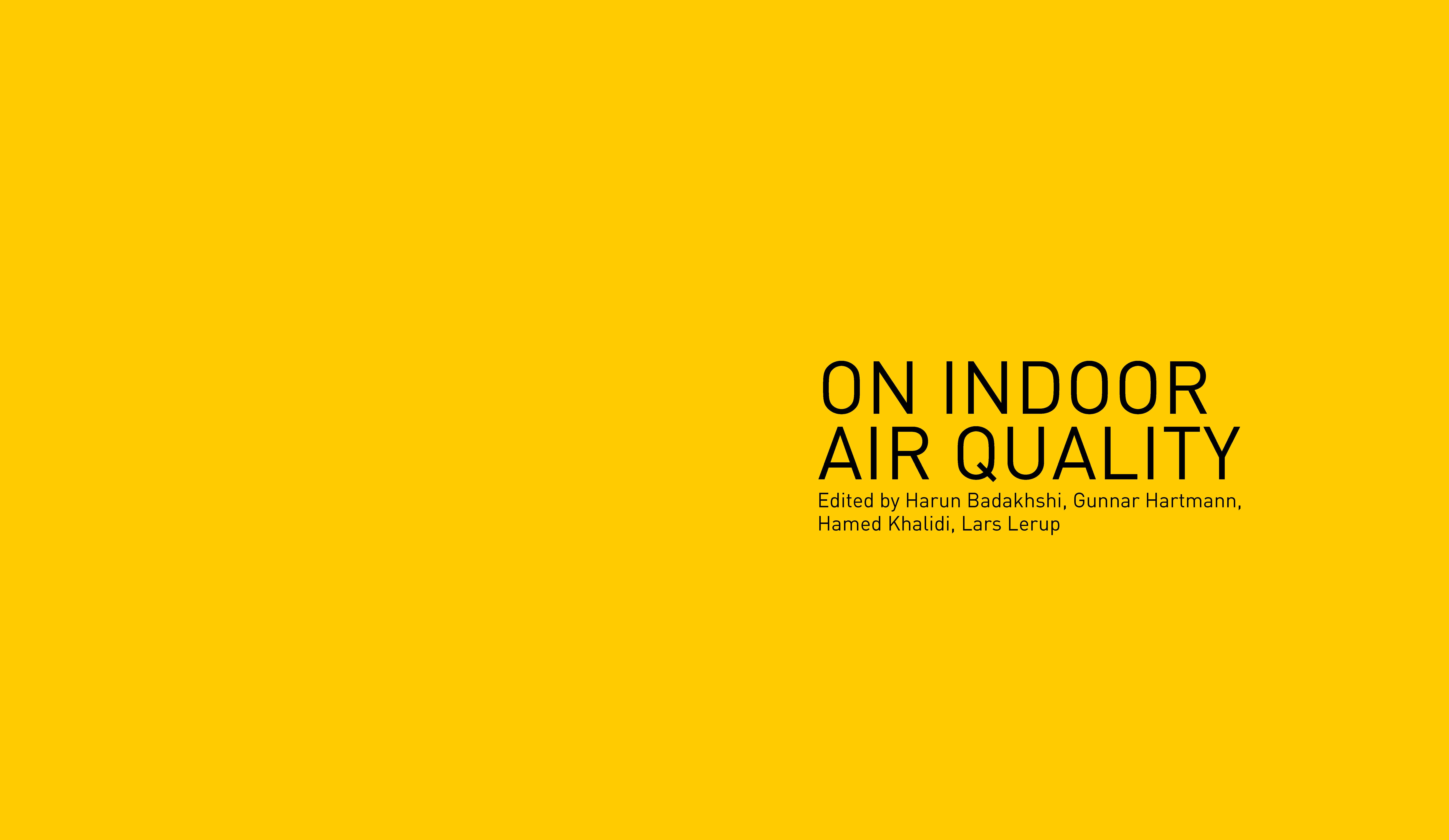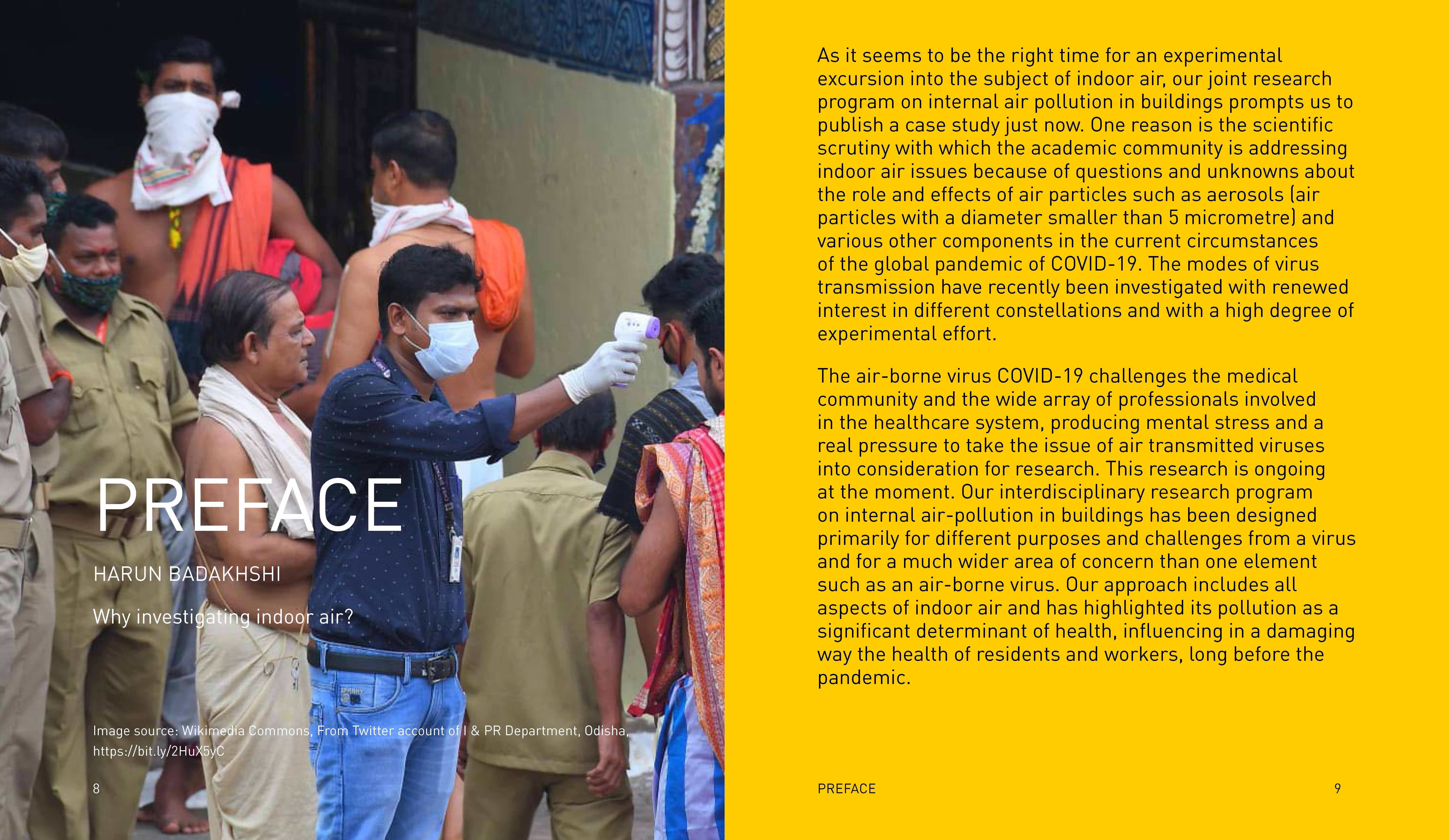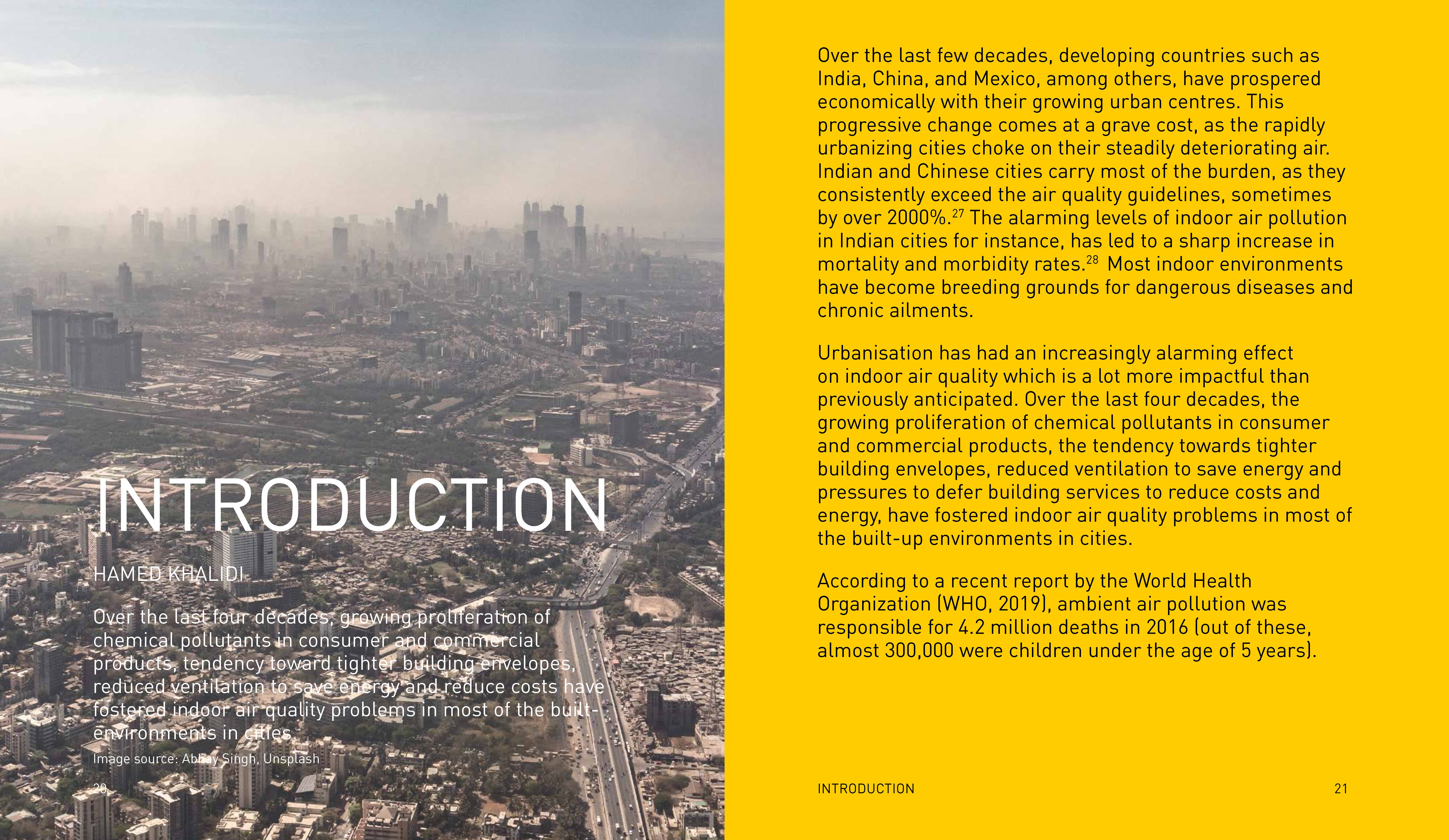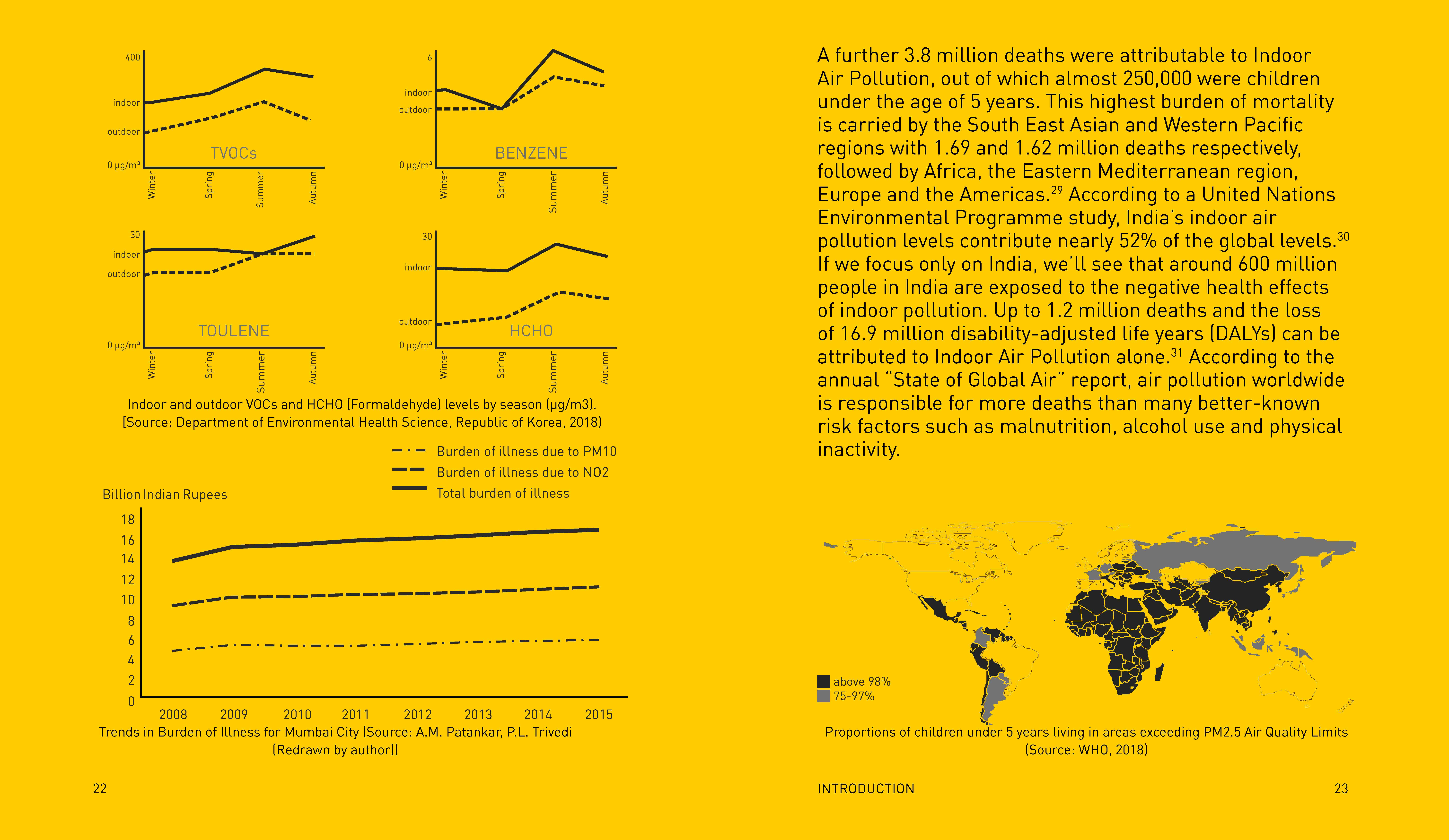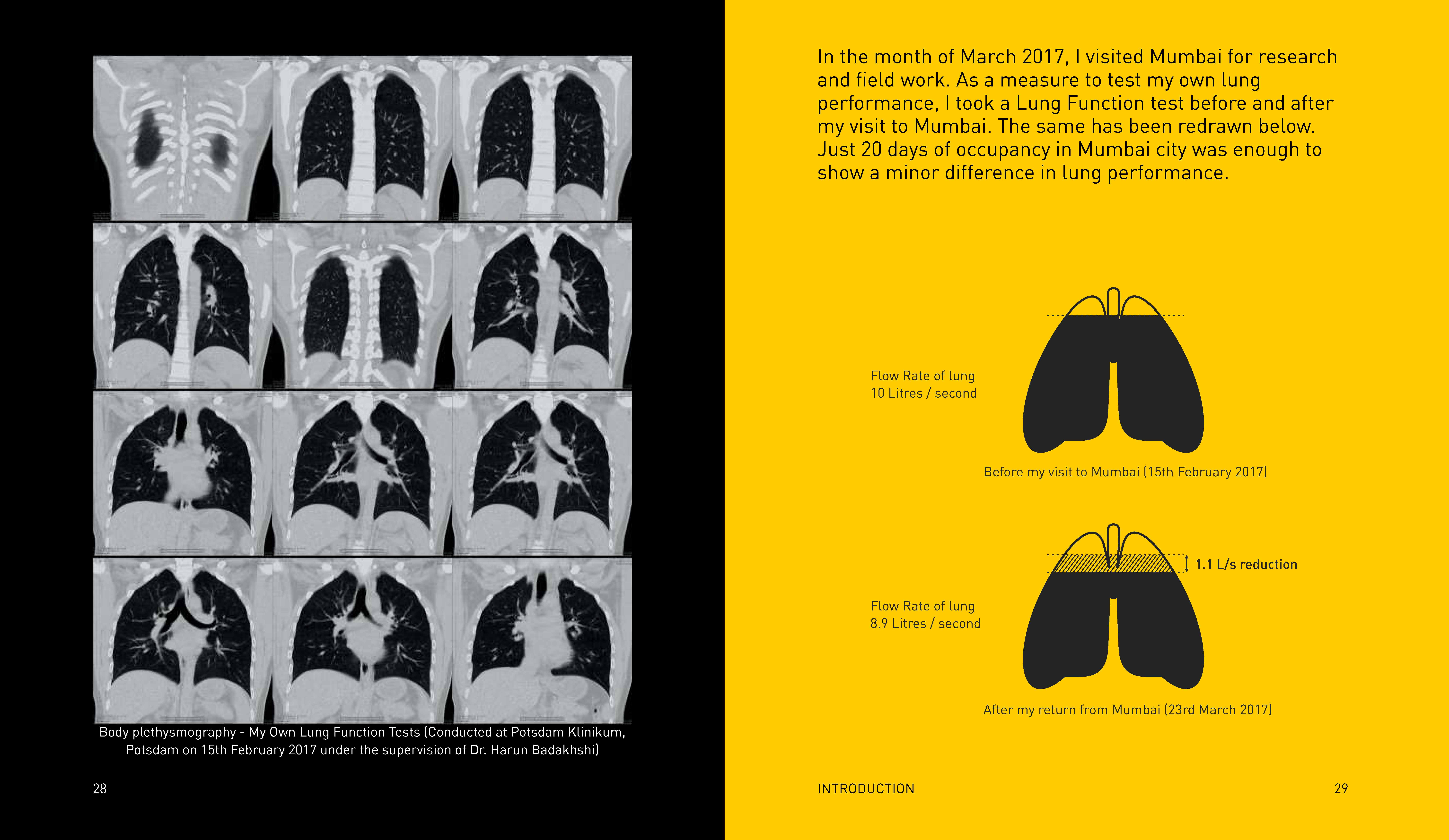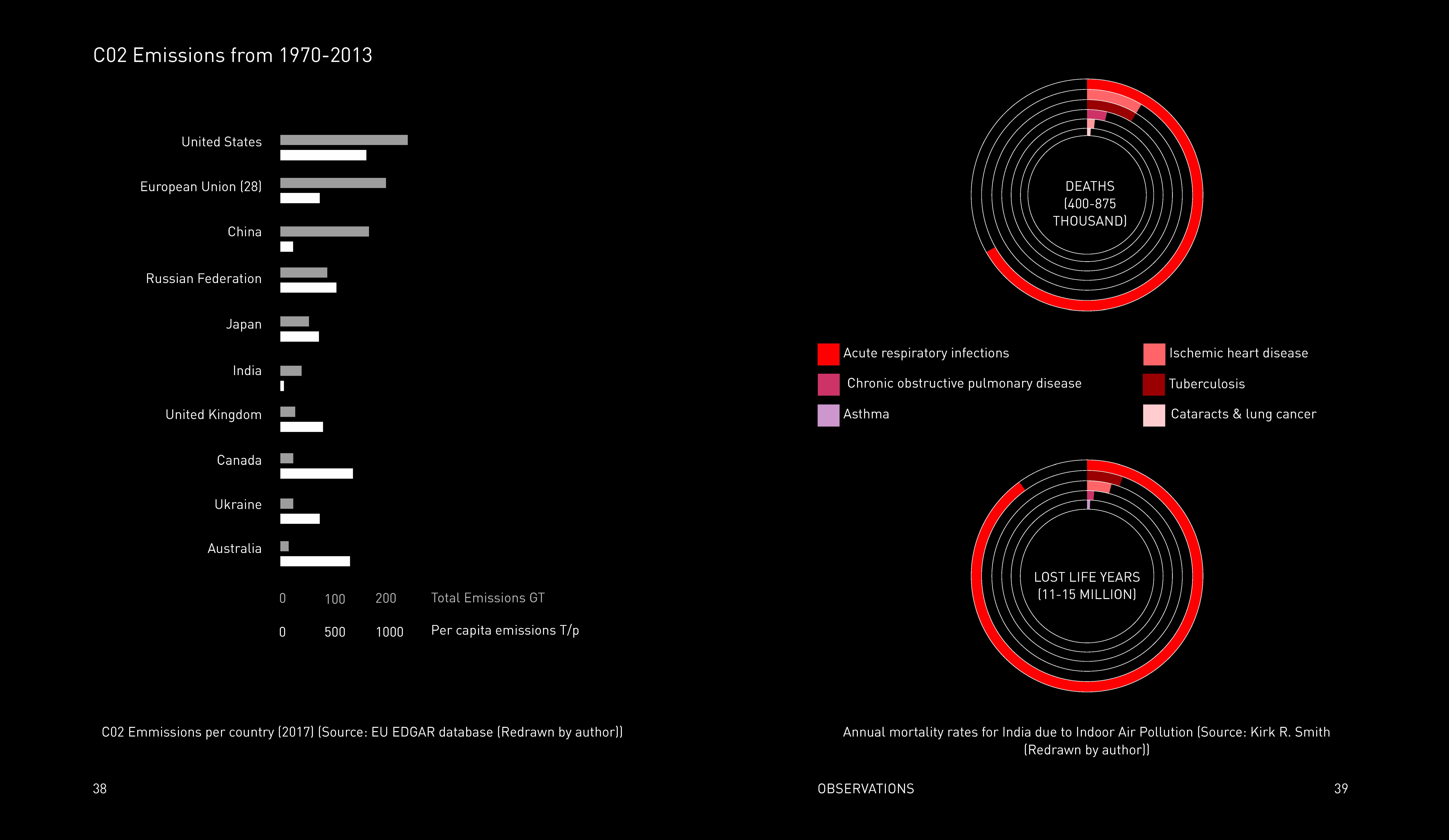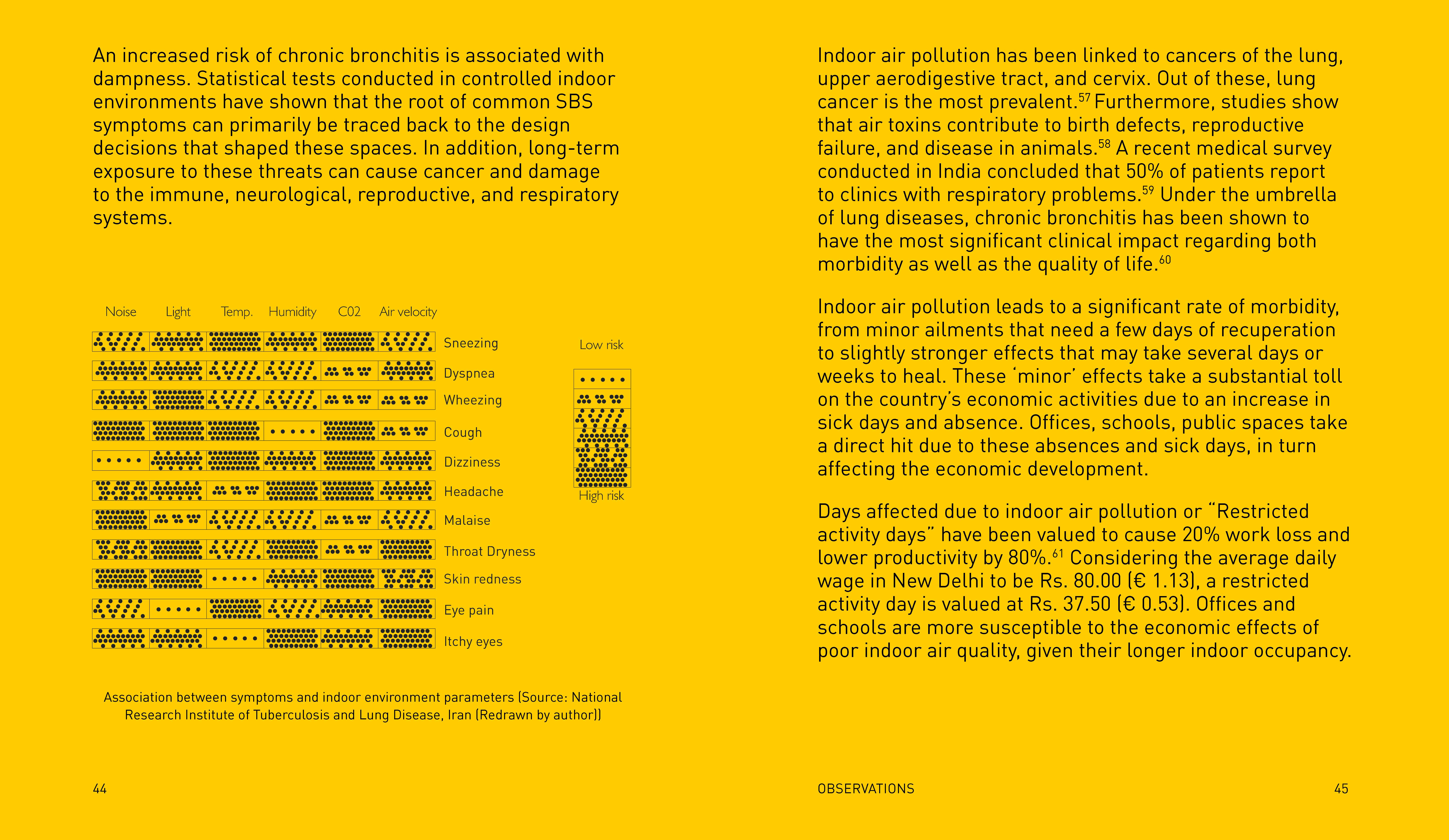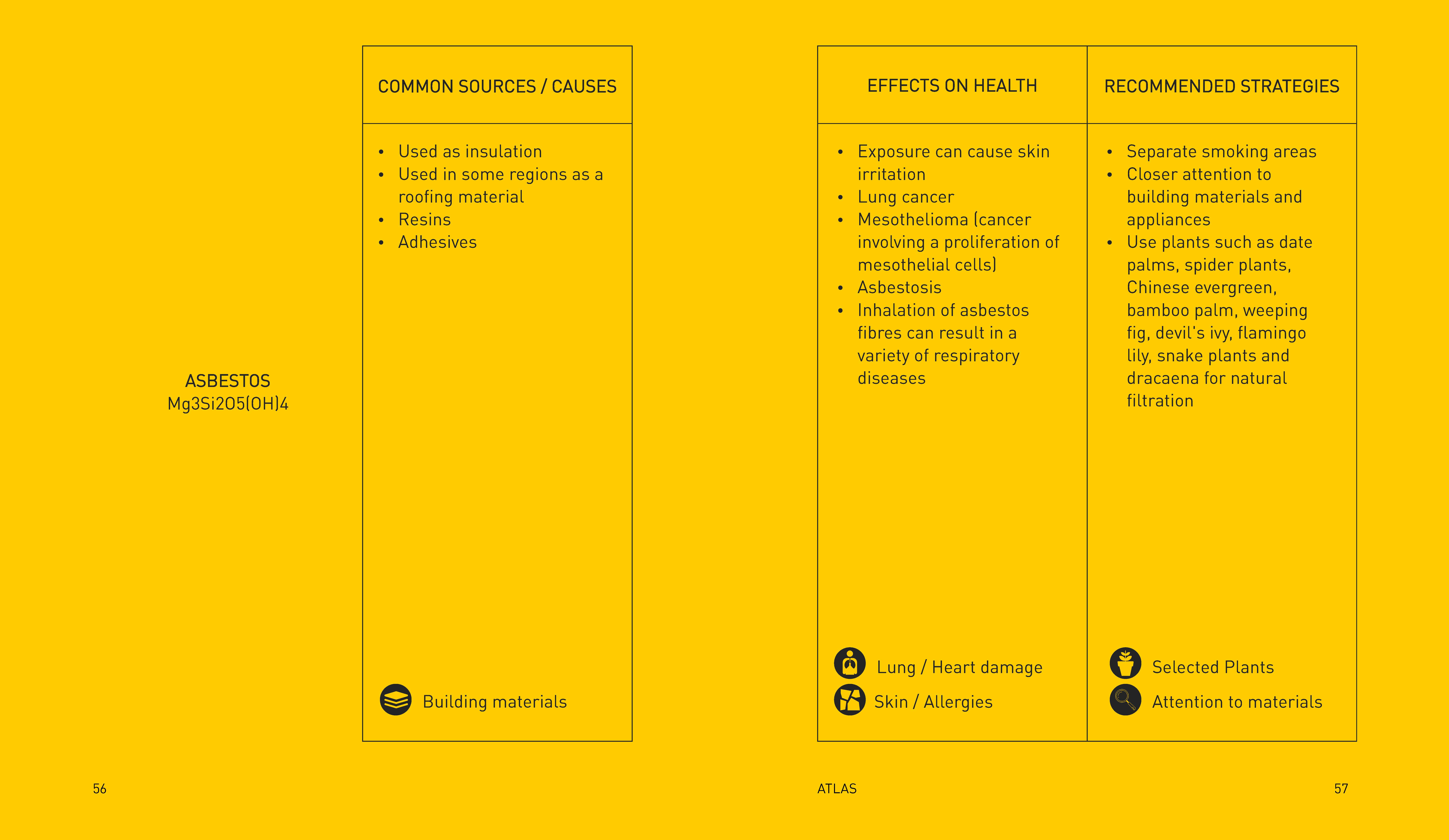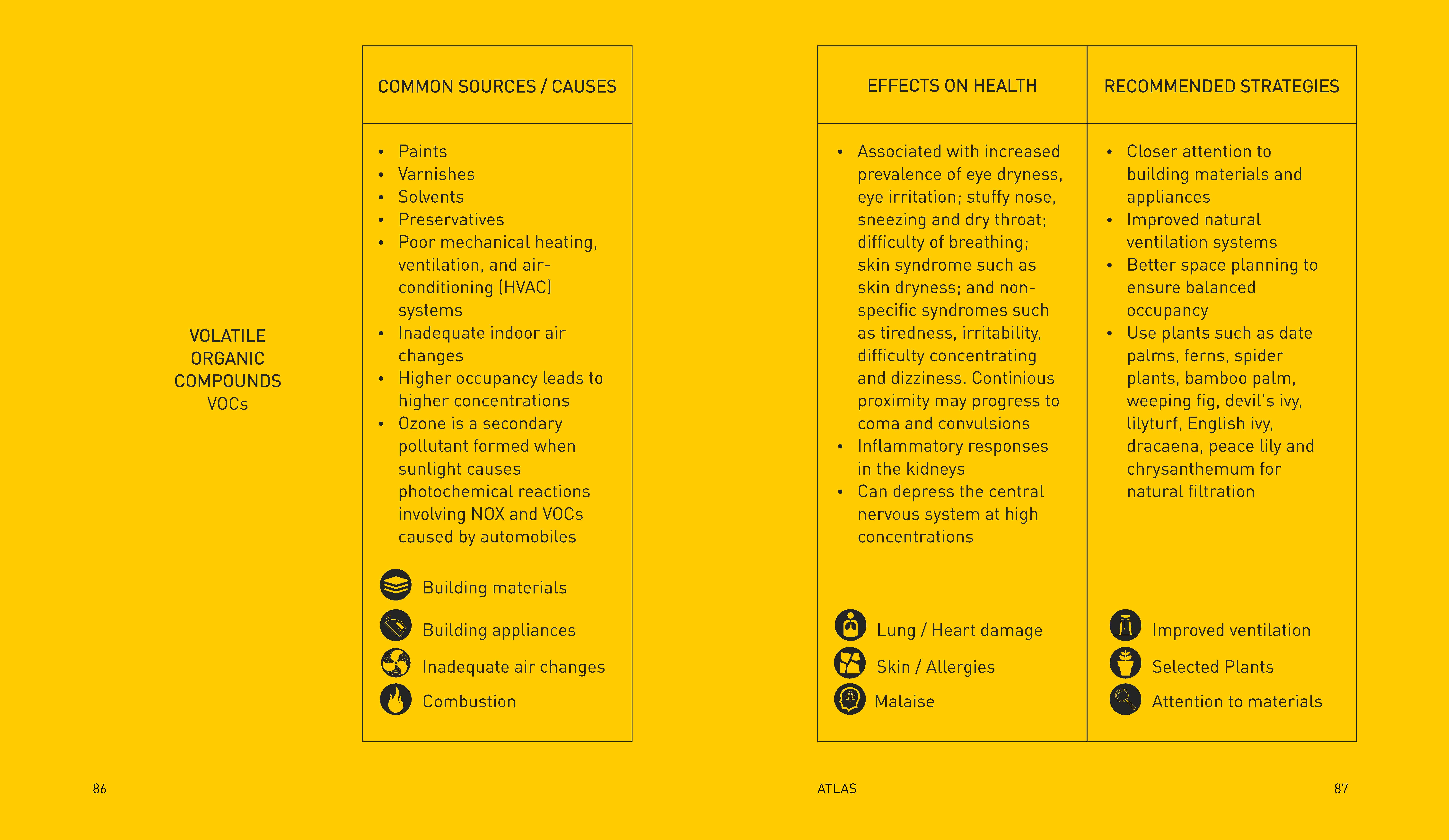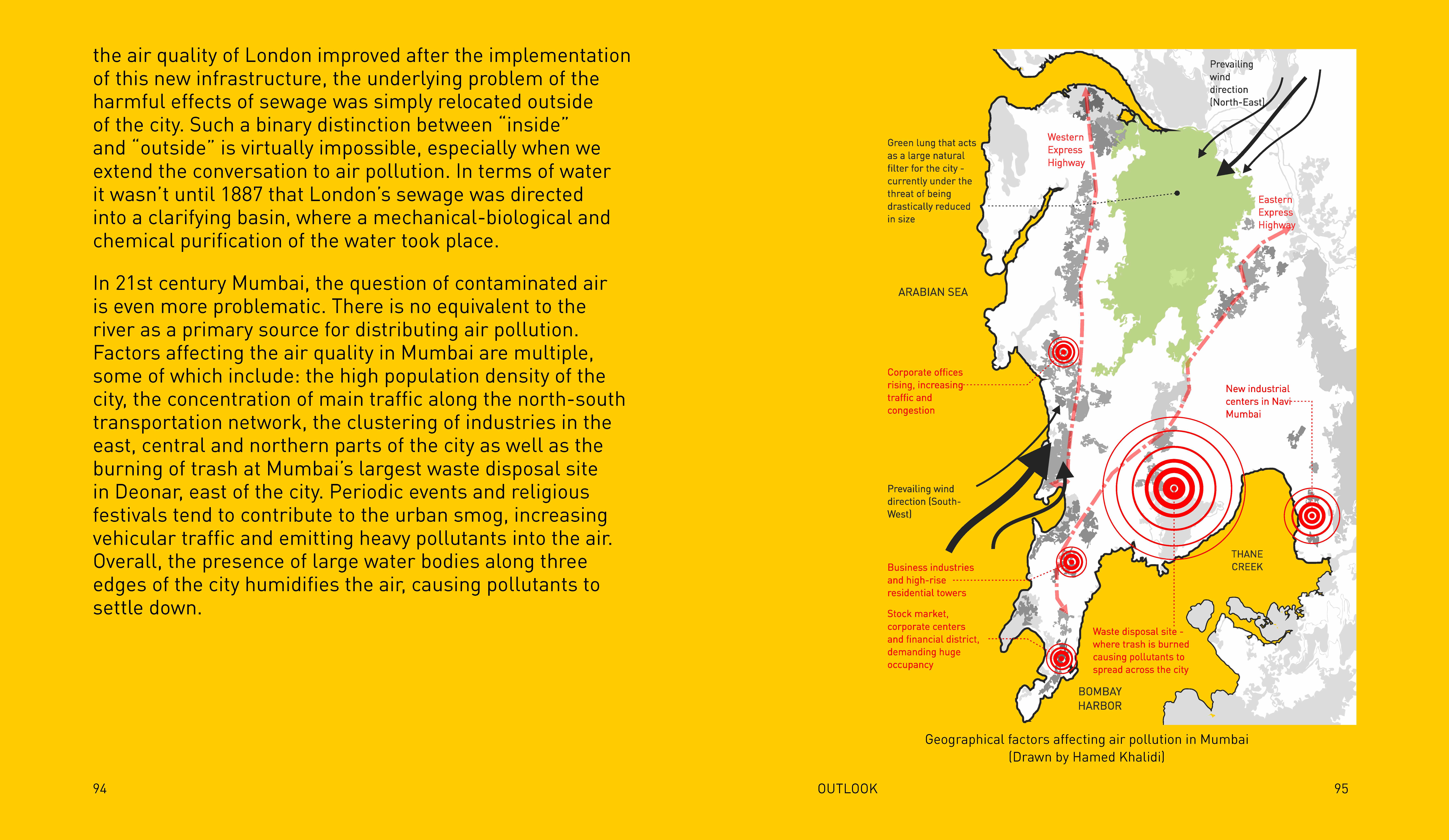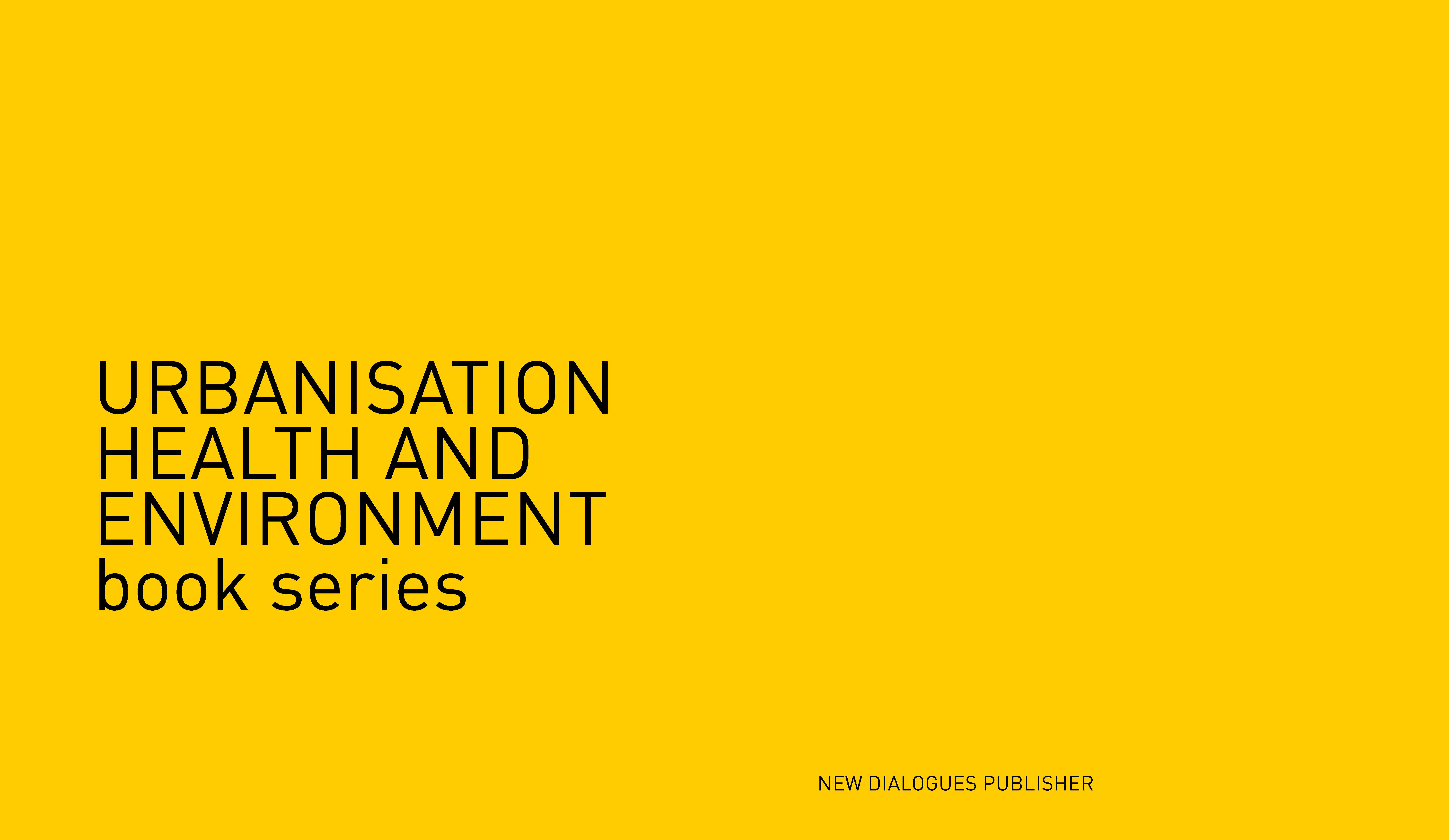On Indoor Air Quality
As a result of rapid urbanization, climate negligence and heavy industrialization of non-renewable energy sources, urban and rural populations are increasingly exposed to dangerously high levels of air pollutants. Over 6.85 billion people are now living in areas that exceed the WHO air quality guidelines.[1] That is 91% of all human population. Nearly 4.2 million deaths can be attributed to outdoor air pollution alone.[2] A further 3.8 million deaths are directly linked to deteriorating indoor air quality.[3] While outdoor air is affected by environmental and demographic factors making it difficult to control; indoor air is a product of user occupancy allowing it to be closely monitored, controlled or even altered.
As we respond to the global pandemic of COVID-19, our indoor occupancy comes more into focus than ever. The ingress, embodied emissions and user occupancy, all determine the cleanliness of indoor air, and it is here where architects and designers could play a crucial role in safeguarding the health of users. This research observes the various indoor air pollutants, i.e., their sources and health effects as well as preventive strategies. By creating a source atlas, this research functions as a guidebook to create awareness about the long-term ill-effects of indoor air pollution occupancy. An action plan, by way of architectural interventions, are then proposed that seek to reduce indoor pollutants and their ill-effects.
This publication bundle includes the following formats: PDF and EPUB.
contact
[1] WHO, accessed June 15, 2020, https://bit.ly/2UN8Ggl
[2] Mortality and burden of disease from ambient air pollution, WHO, accessed June 15, 2020, https://bit.ly/2Y4TzkD
[3] “Household air pollution and health”, WHO, last updated on May 8, 2018, https://bit.ly/3e38TUs
